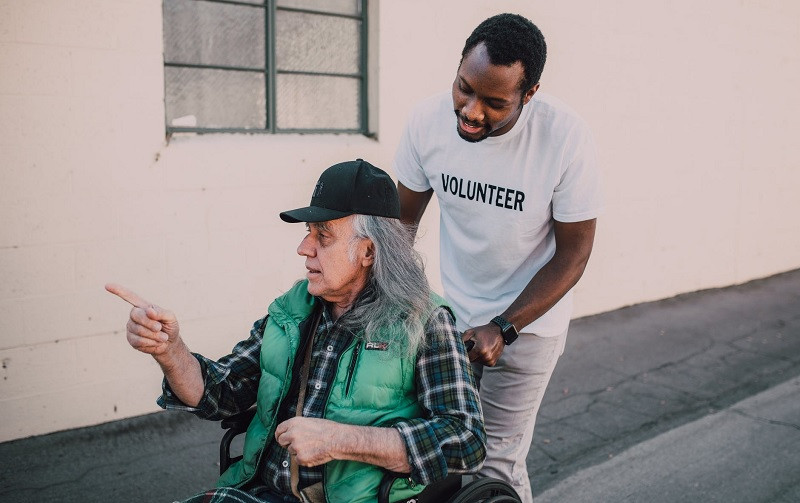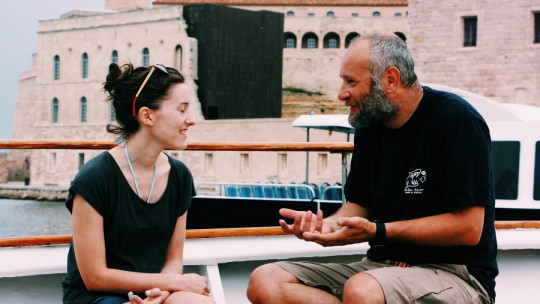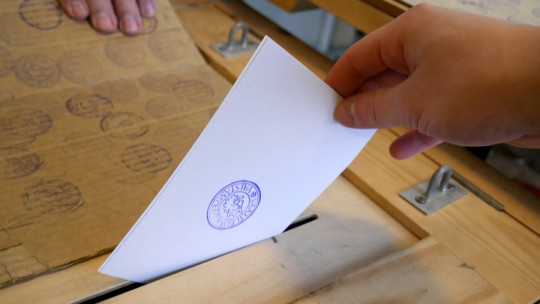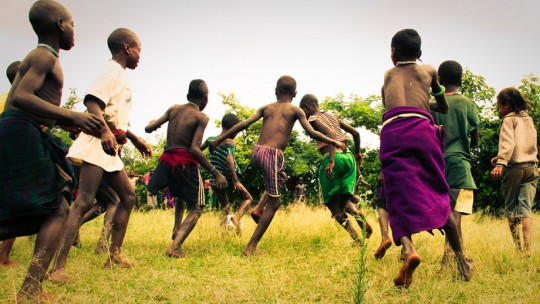
The psychologist Charles Daniel Batson, like other authors in the field of Psychology, tries to explain altruistic motivation based on empathic feeling.
In order to relate empathy with helping behavior, this researcher proposes different stages such as the perception of the needy, the assessment of their well-being, the adoption of perspective and finally, to decide to help, the hedonic calculation, which refers to the balance between cost and benefits.
In this article We explain what Batson proposes in his empathy-altruism hypothesis and what relationship exists between these two concepts.
What is Batson’s Empathy-Altruism Hypothesis?
Daniel Batson’s empathy-altruism hypothesis contemplates that feeling empathy for someone will lead us to perform altruistic behavior towards this person To better understand this hypothesis, we must first explain what it consists of and how each term that makes it up is defined.
The first concept we find is empathy, which is understood as the ability to understand the emotions of others and being able to put ourselves in their place. It will not only be enough to understand how others are doing, but it is also necessary to assess the situation taking into account the perspective and situation of the other, feeling the other’s emotions as their own
For example, given the situation of a friend who has been cooking all afternoon to prepare dinner for us and it burns, acting empathetically would be understanding and letting him know that we understand that he feels frustrated by the situation; On the other hand, if we act as if it doesn’t matter, downplaying it, we are not putting ourselves in his place and we are not being empathetic.
In reference to altruism, this phenomenon consists of act with the purpose of seeking the good for the other, that is, to benefit him and not seek my own benefit exclusively. The behavior contrary to altruism would be selfishness, where one acts with the purpose of pleasing oneself.
For example, altruistic behavior would consist of helping a friend with the move without expecting anything in return, without the intention of him returning the favor at some point, just for the simple fact of helping him.

The stages of prosocial behavior
Batson attempts to explain prosocial, altruistic behavior through a six-stage approach: perception of the needy, assessment of their well-being, perspective taking, empathy and altruistic motivation, hedonic calculation and helping behavior. All of them are important for the subject to decide to help.
To better understand how empathy arises, we must know the concepts that influence it. The perception of need is the balance we make between the current state of the subject we want to help and the ideal state of well-being; The assessment of their well-being is related to the emotional bond we have with the subject and to what degree it concerns us, and perspective adoption refers to being able to put ourselves in the other’s place.
The author believes that the first two, perception of need and assessment of well-being, are the starting point for the appearance of empathic feeling, both being equally important. Only the perception of the other’s needs does not imply that perspective adoption occurs, but the assessment of the other’s well-being does influence, since in it it is easier for us to put ourselves in the subject’s place.
As we have seen, the hypothesis proposes a relationship between empathy and altruistic behavior. The first term, empathy, is defined as a feeling that predisposes to the appearance of a motivation, which in this case is altruistic behavior, also known as prosocial, with the main purpose of improving the well-being of the affected person.
But Batson still defines one more step for helping behavior to occur; and it is that we can have an altruistic motivation but not execute the help This will depend on the hedonic calculation, which is carried out taking into account the positive and negative consequences of acting. In this way, we will only help if we see it is possible to do so, it is effective and in the cost-benefit balance the latter weighs more.
Opposition to the empathy-altruism hypothesis
Thus, Daniel Batson believes that empathy generates in the individual a motivation to act altruistically. But not everyone agrees with this statement, since there are theories and authors who believe that altruistic behavior as such does not exist, that it would in any case be an ideal, ensuring that people always act for their own benefit and if The sum of the cost and reward comes out positive, that is, if helping others is more positive than negative for us.
Those who oppose this hypothesis claim that whenever we act in favor of another person we do so with a double intention, since we only act if it does not cost us and benefits us or makes us feel better. Thus, it would be difficult to identify behavior that is completely altruistic, since to a greater or lesser extent it will always end up bringing something good to us, even if it is just feeling good for having helped.
Another notable point: the hypothesis is stated with the purpose of helping only one person, but if we apply it to reality, the number of subjects who may require help increases Therefore, it would be interesting to study how the appearance of other victims who require us affects our motivational process of carrying out prosocial behavior. Similarly, another variable to consider is presented: the limitation of our helping behavior. Despite there being different victims, our behavior cannot encompass them all, having to decide how to act.
Despite the opposition it has received, Batson maintains the empathy-altruism hypothesis and has verified through research and studies, more than 35 experiments, which show that empathy and altruism are related and that It is not true that people always act expecting something in return when we support others
In this sense, it is worth noting that Batson was not the only one who proposed the influence of empathy for the performance of altruistic behavior; There are other well-known authors such as the naturist Charles Darwin or the philosopher David Hume who affirm that empathy is basic for the subject to act in a prosocial way.
The benefit of the other is a benefit for us
Likewise, it is difficult to assess whether a behavior is based on genuine altruism, since It will be difficult to know with certainty what the final intention was or what I was trying to feel by having such behavior But what we have observed, and what most likely happens, is that there is feedback between making others feel good and making ourselves feel good.
If we help another individual with the intention of making him feel better, that is, altruistically, by seeing that his condition improves, that will also make us feel good if we are empathetic. Feeling better is not our main goal, but it is a fact that appears when we see the other person’s improvement
Taking into account what has been stated so far, altruistic behavior can be linked to personal benefit even if this is not its ultimate purpose. By acting with the intention of helping others, we will also indirectly gain, and this will improve our self-concept, our self-esteem, we will feel better about ourselves, thus increasing the possibility that we will act altruistically again. Acting altruistically benefits everyone.
On the other hand, if the intention of my behavior towards the other is to benefit myself (in other words, we act selfishly with our own benefit as our main objective), that ends up generating bad relationships and anger, since the other person realizes our intentions, or when we do not receive what we expect, a negative reaction occurs that will mean breaking the relationship with that person.
Thus, If we want to maintain good relationships and social ties, the best mode of action is altruistic, since it is what allows connections to continue to occur and remain, without breaking due to self-interest or a demand to return a favor. Acting without expecting anything in return makes us free, gives us peace of mind and makes us happier if we receive a good action in return, because it is not what we expected.








